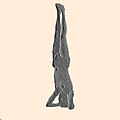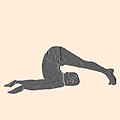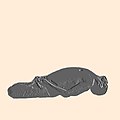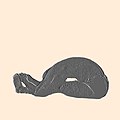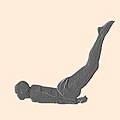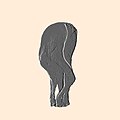| Sivananda Yoga Vedanta Centres | |
|---|---|
 Swami Vishnudevananda teaching the 12 basic asanas of Sivananda Yoga | |
| Founder | Swami Vishnudevananda |
| Established | 1959 |
| Practice emphases | |
| Pranayama, asanas, relaxation, diet, vedanta philosophy, and meditation | |
| Related schools | |
Sivananda Yoga is a spiritual yoga system founded by Sivananda and Vishnudevananda; it includes the use of asanas (yoga postures) but is not limited to them as in systems of yoga as exercise. Vishnudevananda named this system, as well as the international Sivananda Yoga Vedanta Centres organisation responsible for propagating its teachings, after his guru, Sivananda. [S 1]
Contents
- History
- Sivananda
- Vishnudevananda and other pupils
- Culture
- Stated aims
- Analysis
- Allegations of sexual abuse
- Approach
- Five points of yoga
- Twelve basic asanas
- References
- Primary
- Secondary
- Bibliography
- External links
Some other yoga organisations follow Sivananda's teachings, including the Divine Life Society (founded by Sivananda), Bihar School of Yoga, Integral Yoga (Satchidananda) and the Chinmaya Mission, but use different names for their yoga systems. Sivananda Yoga is the yoga system of the Sivananda Yoga Vedanta Centre organisation, and is based on Sivananda's teachings to synthesise the principles of the four paths of yoga (Yoga of Synthesis) along with the five points of yoga compiled by Vishnudevananda. [S 2] The four classical paths of yoga consist of Karma Yoga, Bhakti Yoga, Raja Yoga and Jnana Yoga. [S 3] These are: Proper Exercise (āsana), Proper Breathing (prāṇāyāma), Proper Relaxation (śavāsana), Proper Diet and Positive Thinking (vedānta) and Meditation (dhyāna). [S 4]
Starting in 2019, the Sivananda Yoga Vedanta Centres have dealt with widespread allegations of sexual abuse and rape by its founder Vishnudevananda and at least one other high-level leader of the organisation. [1] [2]


